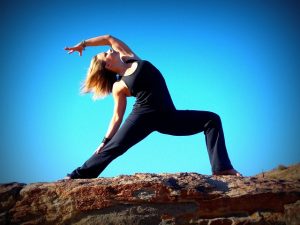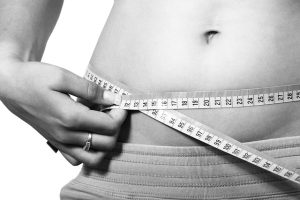
The concept of holistic healing is far from new, but it has gained significant momentum in modern times as individuals seek ways to live more balanced, harmonious lives. Holistic wellness encompasses the belief that true health can only be achieved when the body, mind, and spirit are treated as interconnected entities rather than separate aspects. In this comprehensive guide, we will embark on a journey through the diverse landscape of holistic healing practices that can enhance physical, mental, and emotional vitality, navigating towards a life of wholeness.
Understanding Holistic Healing
What Is Holistic Healing?
Holistic healing is a broad term used to describe therapies and practices that seek to treat the individual as a whole. Rather than focusing solely on symptoms or specific parts of the body, holistic healing addresses the root causes of discomfort or illness, considering the intricate interplay of physical, emotional, mental, and spiritual health.
The Principles of Holistic Healing
– **Interconnectedness**: Acknowledging the deep connection between all aspects of our being.
– **Balance**: Striving for equilibrium in all areas of life.
– **Natural Remedies**: Utilizing natural substances and processes to promote healing.
– **Self-awareness**: Cultivating an understanding of oneself to better address health challenges.
– **Prevention**: Prioritizing lifestyle choices that prevent illness before it starts.
Holistic Healing Practices for Physical Vitality
To achieve physical vitality, we must look beyond traditional medicine and explore alternative practices that promote body wellness.
Nutritional Awareness
Good health begins with nutrition. Incorporating a well-balanced diet rich in whole foods offers the essential nutrients needed for the body to function optimally. Nutritional awareness involves understanding the impact of different foods on the body and making conscious choices that support physical health.
Herbal Medicine and Supplements
Natural herbs and dietary supplements can support the body’s healing processes. Herbs like turmeric, ginger, and ashwagandha have been used for centuries to treat a variety of ailments. It’s essential to consult with a healthcare professional before beginning any supplement regimen.
Exercise and Movement
Regular physical activity is crucial for maintaining strength, flexibility, and overall health. Yoga, tai chi, and Pilates are examples of exercise that balance physical exertion with mindfulness, enhancing both body and mind.
Detoxification and Cleansing
Periodic detoxification can remove toxins and aid the body’s natural healing abilities. Practices such as sauna therapy, fasting, and drinking purified water can support detoxification. However, it is vital to approach cleansing methods with caution and professional advice.
Holistic Practices for Mental Clarity
Mental well-being is just as significant as physical health in the holistic healing paradigm. Here are some practices to foster mental clarity.
Mindfulness and Meditation
Engaging in mindfulness and meditation can significantly reduce stress, improve focus, and promote a sense of peace. These practices involve being present in the moment and observing thoughts and feelings without judgment.
Cognitive Behavioral Techniques
These strategies can help identify and change negative thought patterns that affect mental health. Techniques like journaling, visualization, and affirmations can empower individuals to shift their mindset toward positivity.
Sufficient Sleep and Rest
Adequate rest is paramount for mental clarity. Establishing a regular sleep routine and creating a peaceful sleeping environment are essential steps in improving sleep quality and, consequently, mental sharpness.
Holistic Approaches to Emotional Wellness
Emotional vitality is about feeling at peace, managing stress, and maintaining a positive outlook on life. Holistic healing offers effective ways to enhance emotional well-being.
Building Healthy Relationships
Connecting with others and building a supportive community is fundamental for emotional health. Cultivating positive relationships can provide love, support, and encouragement, which are integral to emotional well-being.
Expressive Therapies
Expressive therapies like art, music, and dance allow individuals to explore and convey their emotions creatively. These practices can be powerful tools for healing emotional wounds and fostering self-expression.
Emotional Release Techniques
Methods such as breathwork, EFT (Emotional Freedom Technique), or simply allowing oneself to cry can provide outlets for releasing pent-up emotions, leading to catharsis and emotional balance.
The Journey Toward Holistic Well-Being
While the modalities mentioned above are effective, the holistic journey is deeply personal. Listening to your body, observing your mind, and honoring your emotions are the cornerstones of this path. It’s important to remember that:
– **Self-love matters**: Be kind to yourself throughout your journey.
– **Growth is non-linear**: You may experience setbacks, but every step is part of the process.
– **Community is key**: Seek support from like-minded individuals or professionals.
Conclusion
Embracing a holistic approach to well-being requires a shift in perspective, from treating symptoms to nurturing the whole self. By incorporating holistic healing practices into our lives, we open the door to enhanced physical vigor, mental clarity, and emotional balance. The journey through holistic health is not just about living longer—it’s about living fuller, with increased vitality and peace. Let us honor our wholeness and cherish the interconnectedness of our existence.






